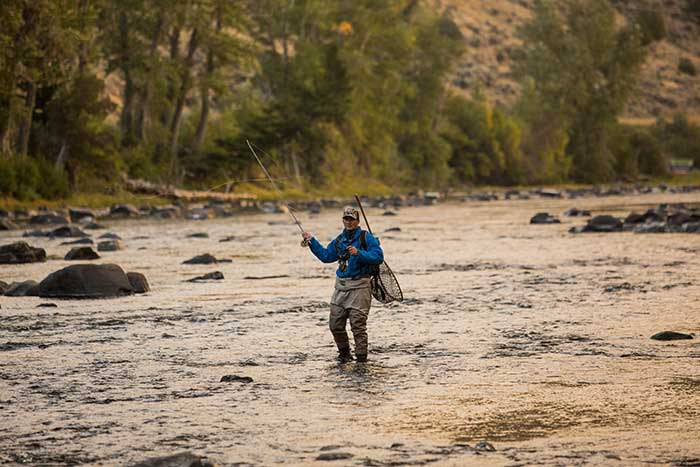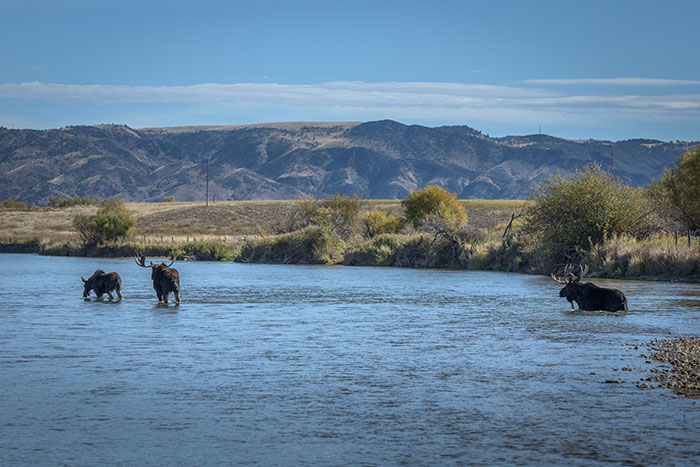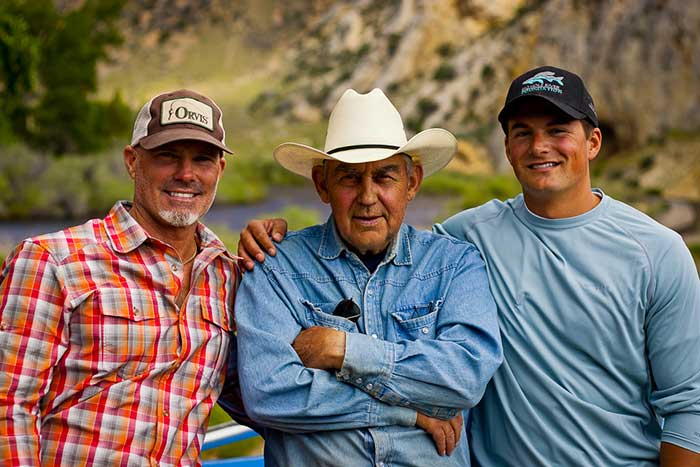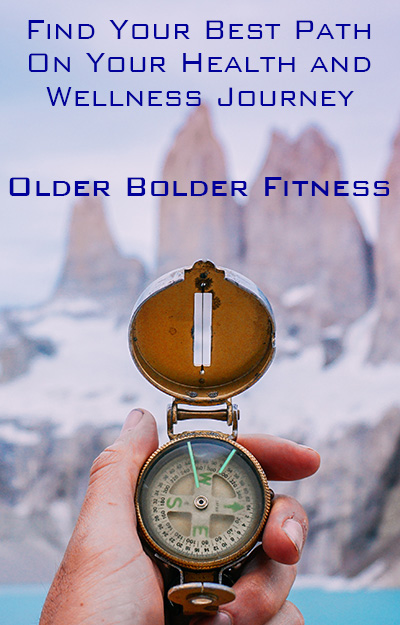
It’s our pleasure to bring this first of two parts of an interview with Wade Fellin, Montana native, long time fly fishing guide and now also the Program Director at Upper Missouri Waterkeeper. Thanks to Jess McGlothlin for her help in rounding up notes and images from Wade.
You have a strong family history both in Montana and on the water. What has led you to the Upper Missouri Waterkeeper?
In 1881, my great-great grandfather homesteaded and built one of the first cattle ranches in what is today the Big Hole Valley. My father, Craig, founded the Big Hole Lodge in 1984 and I have the privilege of spending each summer on the Big Hole guiding several rivers of Southwest Montana, leading my clients into landscapes many will never experience. I hopped a train to Philadelphia when I turned 18, studied philosophy and business but it didn’t take long to realize I belong back here in Montana on these rivers. My interest in conservation began at a young age attending watershed meetings with local ranchers, business owners, and residents.
When I came back from college I took his seat (my father’s seat) on the board of the Big Hole River Foundation. In 2014, I graduated law school in Missoula and joined Upper Missouri Waterkeeper, a regional water advocacy organization focused exclusively on protecting clean water in Southwest and West-Central Montana. Upper Missouri Waterkeeper investigates pollution issues that affect our communities and rivers, patrols waterways and landscapes, and works with stakeholders to protect and improve the health of local waterways. We also hold polluters and our decision makers accountable by enforcing and improving environmental laws through advocacy and litigation, water quality science, and educating and empowering the public with tools available to be local water stewards.
How does the Waterkeeper Alliance differ from other conservation organizations / methods?
Two characteristics that have long distinguished Waterkeeper organizations are their grassroots focus, homing in on local water quality issues that impact the health and well-being of their local water body and local citizens, and also their commitment to enforcing the law, such as clean water protections found under the federal Clean Water Act. History shows that environmental regulators have consistently failed to enforce environmental laws; Waterkeeper organizations use a combination of sound science, opportunities for citizen action, and lawsuits to stop illegal pollution and hold decision makers accountable to protect and improve water resources.
Any ideas on the best way to balance conservation, agriculture, and fishing?
Montana is a unique state, not the least because it possesses a state constitution which recognizes, and protects, both private property rights (in the water context meaning appropriative right to use water) and public trust resources (in the water context, the right to healthy rivers with viable fisheries). In turn, that visionary constitution lays out a blueprint for how Montana should balance conservation, agriculture, and fishing. Unfortunately, as currently interpreted the law of Montana gives water users the right to essentially dry up streams altogether. From a qualitative standpoint, agriculture is not required to treat return flows to protect downstream water quality, although discrete sources of pollution – like cities, construction sites, and industry – must treat wastewater to protect downstream water quality.
One can argue persuasively that the traditional appropriative right – such as that held by agriculture – to use water must yield some amount to protect the public use and conservation interests enshrined in the public trust. As currently interpreted, the balance of rights is tipped in favor of water appropriation, rather than the public trust and conservation interests. Although some may point out that dewatering or agricultural-based pollution only harms certain stretches of waterways and that the public may fish and recreate on other stretches, Montana’s population is forecast to grow rapidly and as urbanization increases it is in everyones best interest to utilize rural and agricultural lands to protect stream health.
A more equitable balance would, quantitatively, require each water user to temporarily reduce his or her diversion in times of shortage to ensure adequate flows always remain to support river and fishery health and at the same time would require fisherman to temporarily stop fishing when rivers reach critical temperatures. Local river organizations have implemented such a plan on the Big Hole River and it ought to be implemented at a state level. Likewise, such a balance would include equitable pollution controls on agriculture similar to those imposed on every other sector in Montana, in essence leveling the playing field and making sure every sector does their fair share to protect Montana’s water resources. Some rivers are tantalizingly close to flows needed to sustain diverse life, and many are relatively healthy except in hot-spot pollution zones or in years of true drought. For example, Montana FWP estimates that the Big Hole grayling needs a minimum of 60 cfs flows in the Wisdom area to keep the river and its fish healthy. Likewise, even and consistent enforcement of water pollution controls – for instance those on harmful industries – has been proven to work, making a strong case for the need of Montana to revise its approach to water quality protection law and more equitably divide responsibility among sectors responsible for using – and affecting – local waterways. The ranching community is coming to the table to plan for the future and the fishing community, which has largely been viewed as recreation, needs to come join in the conservation at the hands-on level.

What issues are you closely monitoring at the moment?
Upper Missouri Waterkeeper is guided by two basic principles in setting our work plans: (1) engaging on issues that sound science proves are the most significant sources of pollution affecting local waterways; and (2) engaging on issues that affect local citizens, waterways, and which concerns the public.
With that framework in mind, we are currently assessing ten years worth of water science that describes ongoing challenges, and sometimes opportunities, for key local waterways in SW and West-Central Montana. This includes field work where we perform in-the-field surveys, looking for changes in local waterway biology or water chemistry, as well as includes examining fisheries population data, and outreach to concerned local businesses and outfitters. We also systematically review, every month, water pollution permits issued by the state and EPA with the dual goals of ensuring those permits comply with legal standards, as well as contain sufficient protections for local water quality and community health.
Last, we engage local, state, and federal decision makers in policymaking that affects waterways and community health by means of public comments, holding public events, and participating in stakeholder groups. For instance, we are the leading Montana organization watchdogging new water quality standards policies from the state, and the leading organization holding the state accountable to improve water pollution permits applicable to big cities.
How do you think we can best involve recreational anglers and sportsmen in conserving our local waterways?
Fishermen are lucky enough to be on the front lines with the opportunity to effect the most change. Rather than ignoring the problems and continuing traditional practices in the face of a changing environment, we ought to be leading by example to ensure a healthy tomorrow for the rivers of Montana. And while the #keepemwet campaign and rubber instead of felt campaigns are important, we need to do more and on a much larger scale. It is critical for fishermen to know – and support -their local watershed advocates by becoming members of these local organizations. National conservation organizations do great work, however, those folks aren’t usually the boots on the ground looking at real-time pollution concerns. The future of our fisheries need us to do more than keep fish wet and clean-up tippets and membership provides a key means of communication for understanding – and solving – local river and fisheries problems: see something concerning on your last fishing trip – tell the local river advocates!
More to come tomorrow.
Image Credits: Top – Becca Skinner, Mid – Hank Wells, Bottom – UMWK


